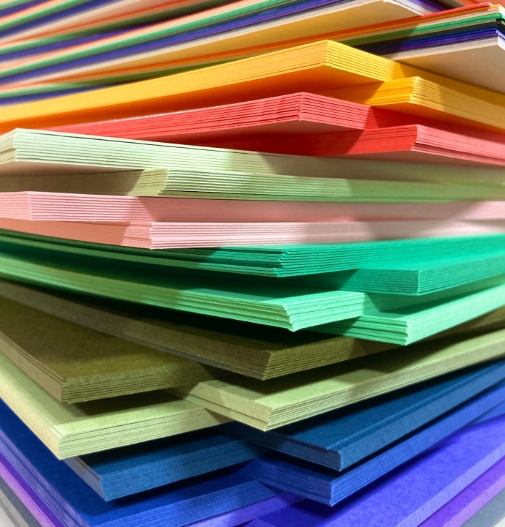What Are You Looking For?
Future Trends in the Paper Industry and Development Prospects of Defoamers
Mar 14, 2025The paper industry is undergoing significant transformations driven by technological innovation, environmental regulations, and evolving market demands. Simultaneously, defoamers, as critical chemical additives in papermaking, are expected to witness substantial advancements aligned with these industry shifts. This article explores the future trajectory of the paper industry and the corresponding opportunities and challenges for defoamers.

1. Future Trends in the Paper Industry
1.1 Green Transition and Sustainable Development
The global push toward carbon neutrality is reshaping the paper industry. Companies are increasingly adopting renewable energy sources, such as biomass, to replace fossil fuels and enhancing wastepaper recycling rates to build a circular economy. Notably, non-wood fibers like bamboo pulp, straw, and bagasse are gaining traction as raw materials, reducing reliance on forest resources. However, these alternatives often introduce impurities during pulping, exacerbating foam formation. This trend underscores the need for eco-friendly chemicals, including biodegradable defoamers, to replace traditional volatile organic compound (VOC)-based products.
1.2 Digitalization and Smart Manufacturing
Industry 4.0 technologies, including IoT sensors and AI-driven systems, are optimizing production efficiency. Real-time foam monitoring in pulp systems enables automated defoamer dosing, minimizing waste and improving precision. Smart manufacturing further drives demand for high-efficiency defoamers compatible with micro-dosing systems.
1.3 High-Value Functional Paper Products
The rise of specialty papers—such as antimicrobial paper, e-label paper, and flexible packaging paper—requires stringent control over production environments. Defoamers must eliminate foam without compromising functional properties like conductivity or barrier performance. Additionally, high-speed paper machines demand defoamers with rapid foam suppression and long-lasting efficacy.
1.4 Regional Market Dynamics
Regional disparities are emerging:
2. Development Prospects for Defoamers
2.1 Dominance of Eco-Friendly Formulations
Environmental compliance is reshaping defoamer innovation:
2.2 Enhanced Efficiency and Multifunctionality
Technological breakthroughs are driving performance upgrades:
2.3 Customized Solutions for Diverse Applications
Tailored defoamers are increasingly critical for specific processes:
2.4 Cost Optimization and Supply Chain Localization
Fluctuating raw material costs (e.g., silicone oils, surfactants) are pushing manufacturers to develop cost-efficient alternatives. Meanwhile, localized production hubs in regions like Southeast Asia aim to reduce logistics expenses and enhance market responsiveness.
3. Challenges and Opportunities
3.1 Key Challenges
3.2 Growth Opportunities
4. Conclusion
The paper industry’s future lies in sustainability, digitalization, and functional diversification. As a pivotal component, defoamers must evolve to meet demands for environmental compliance, multifunctionality, and customization. Companies with robust R&D capabilities and the agility to deliver integrated solutions will lead the market. Bio-based materials, smart dosing systems, and nanotechnology are poised to become key growth drivers, positioning defoamers at the heart of the industry’s green and intelligent transformation.